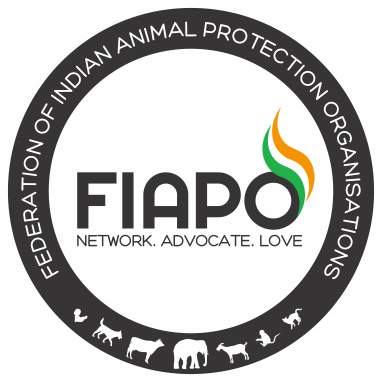To,
Shri. Prakash Javadekar
Minister, Independent Charge
Ministry of Environment, Forest and Climate Change
Subject: Invest in non-invasive methods of crop protection. Stop the unscientific and indiscriminate culling of wild species declared as ‘vermin’.
Dear Sir,
As key stakeholders in wildlife conservation and animal welfare we the undersigned organizations have been involved either in conservation, activism, research, rescue or have been enthused about protecting the wild heritage of our country. This letter is to express our distress over the rising trend of declaring species of wild animals such as wild boar and nilgai as vermin. We deem it imperative to bring to your notice some extremely crucial points that the centre and the states must take into cognisance while taking decisions on this issue.
The advisories of the MOEFCC on the subject need to be followed in letter and spirit before taking the decision to cull wild species. These advisories not only highlight the need for non-invasive actions but also lay down basic tenets of management action to be followed in localities identified as vulnerable to human – wildlife conflict. In other words, before even considering culling as an option, we need to invest time, effort, and funds to address the conflict using non-invasive means.
There is also serious concern about the manner in which culling orders have been issued. Decisions seem to have been taken in a random manner, with no scientific basis. There is:
Little or no structured information or knowledge on which the decisions are based.
No system in place to monitor the situation once the decision is taken.
As a corollary, one may end up shooting 500 nilgai in place of the permitted 100 nilgai or even shoot other species in the absence of an effective monitoring mechanism. In addition, traps, poison or bombs put out to kill ‘vermin’ species may end up taking a toll on other, protected wild species. All policies and decisions on human – wildlife conflict need to be based on structured information and knowledge. These policies and decisions may need to be at a state or sub-state level to allow for the diversity that our states possess. A state like Telangana cannot have the same intensity of conflict across its districts and therefore the order to cull across the state in a similar manner appears to be a case of painting the whole state with the same brush. Such policy has the horrible potential to backfire.
Before taking the decision to cull any species, it is essential to understand the factors that contribute to conflict. This includes:
Wild boar and nilgai ecology
Changing land-use (including cropping) patterns
Change (if any) in carnivore populations
Effectiveness of compensation schemes
Change in area available as village common lands
These decisions to cull are not in harmony with the Indian ethos of living in consonance with nature. To quote the Upanishads “The universe, along with its creature, belongs to the land. No creature is superior to any other. Human beings should not be above nature. Let no species encroach over the rights and privileges of other species.” We wonder why at a time when the Ministry of Culture has initiated project Parampara to document our cultural heritage the MOEFCC is resorting to borrowing the faulty ‘kill and solve’ polices, which can devastate our natural heritage, from other nations.
The decisions are contrary to the approach of landscape conservation and corridor conservation that have been embraced across the globe, including in our country, especially for the conservation of big cats. For example, the Telangana order allows killing in all areas. There are well-founded apprehensions that this may result in the killing of large cat prey in corridors and forest areas. Wild ungulates make up a significant proportion of the prey base of large cats outside Protected Areas. If they are indiscriminately culled, it will inevitably impact the big cats. Besides, such blanket bans will have dire consequences on an area’s ecological balance. Instances from across the globe point out to culling leading to species going extinct and causing extensive damage to the ecological cycle. The Tasmanian Tiger for example; between 1886 and 1909, the Tasmanian government encouraged people to hunt them and paid bounties on over 2000 carcasses. Similar encouragement nearly drove the wolf to extinction in United States.
We believe that it should be possible for you to provide the necessary leadership to take critical steps to ensure that the myriad problems of human-wildlife conflict are mitigated, or reduced in a scientific manner. There is a dire need to move away from these ‘quick fix’ solutions that will merely aggravate human-animal conflict, to long-term, sustainable planning and implementation that stresses on non-invasive and innovative methods of mitigating conflict. For these critical steps to be effective it is imperative that the States including the State Animal Welfare Boards, State Boards for Wildlife and the State Forest Departments as active partners in arriving at area specific action plans for conflict mitigation.
We the undersigned will be happy to join hands with your ministry for this purpose
Federation of Indian Animal Protection Organisations



